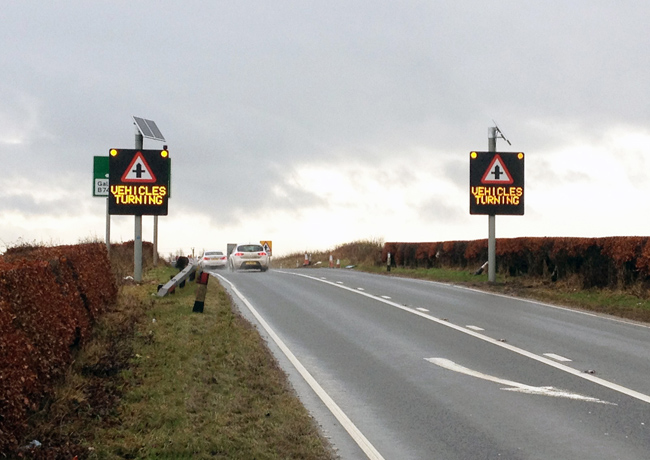
In Clinkum Bank, UK, wireless sensors provided by Sensys Networks are used to trigger warning signs about turning vehicles and stopped traffic ahead, reducing accidents at a junction with dangerously poor visibility.
Across other UK motorways, the widely-deployed MIDAS (Motorway Incident Detection and Automatic Signalling) system leverages real-time speed data from those same wireless sensors to set dynamic speed limits, reducing injury accidents by 13 per cent. And in Israel, sensors provide occupancy data, alerting traffic operations to potential accidents, which leads to improved emergency response times.
Meanwhile, Saudi Arabia employs speed enforcement systems powered by the wireless sensors in their roadways. Wireless sensors can also pinpoint the precise instant vehicles enter intersections after a traffic signal has changed to red. As a result, the technology is used around the world to provide red light violation data and drive automated red light enforcement systems.
Now, the same wireless technology is being used for automatic bicycle and pedestrian detection at intersections, triggering dynamic warning signs that alert motorists of vulnerable road users in potential blind spots, thus assisting agencies’ Vision Zero goals.
What all of these innovative systems have in common are wireless roadway sensors providing a level of real-time data and detection accuracy that is critical for such safety applications.






















